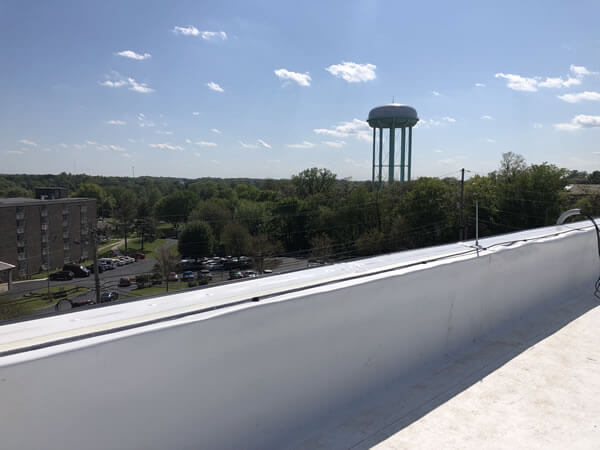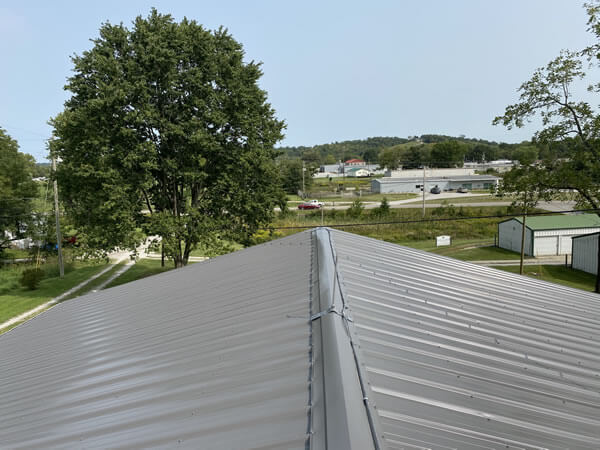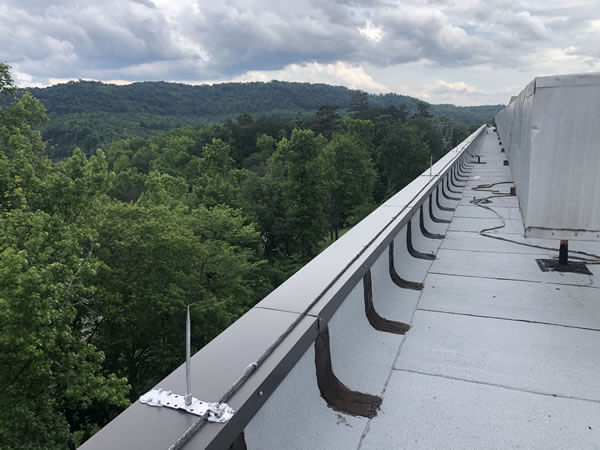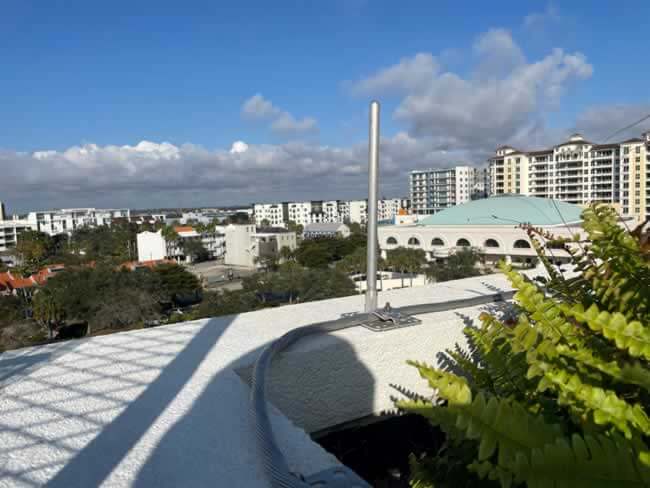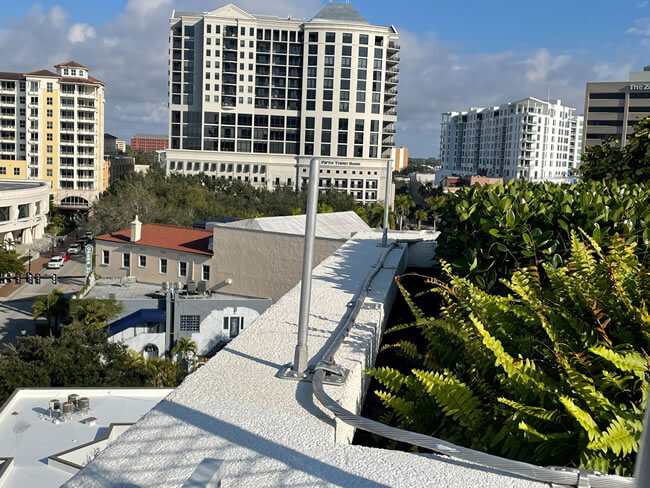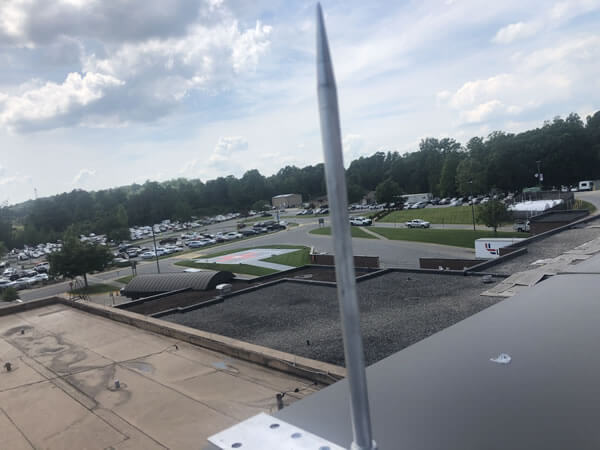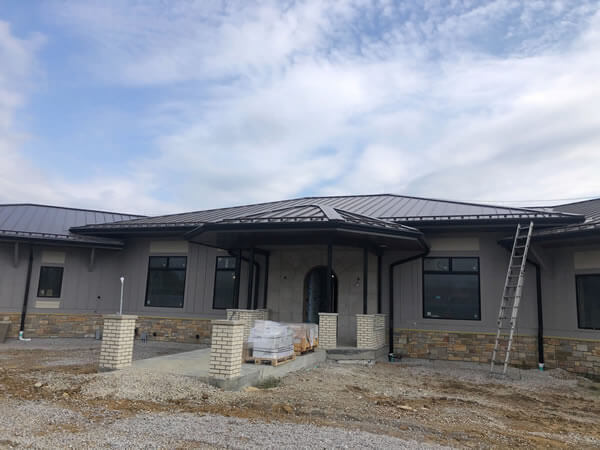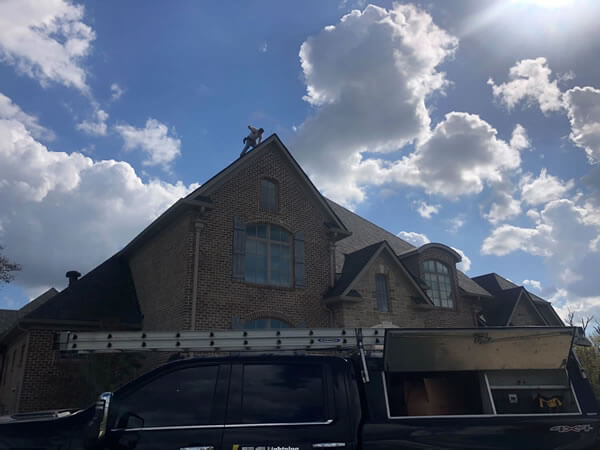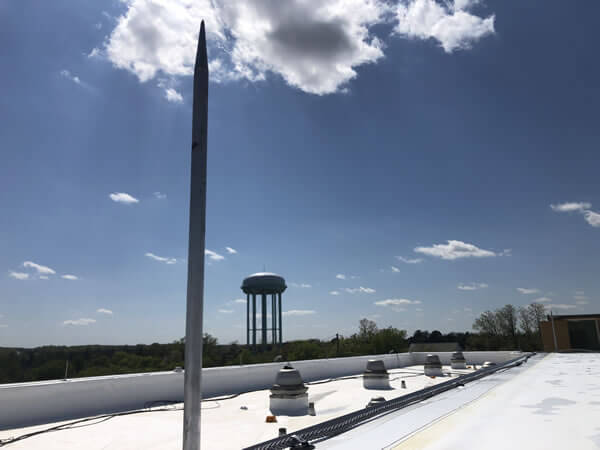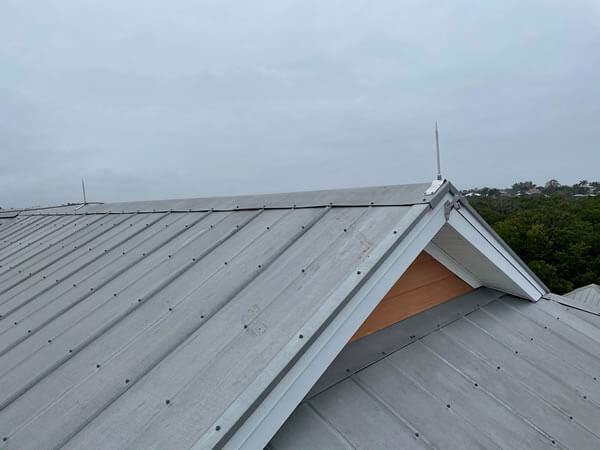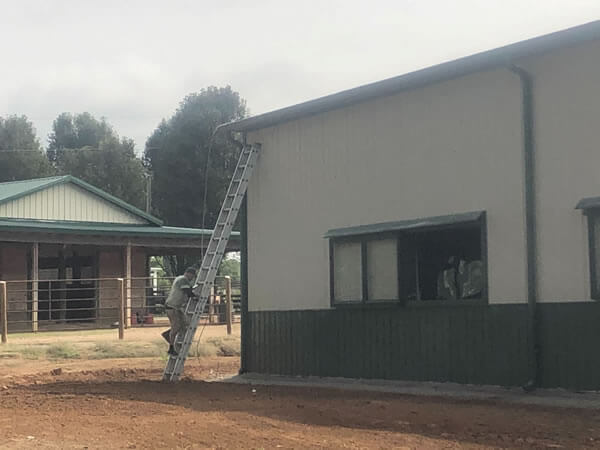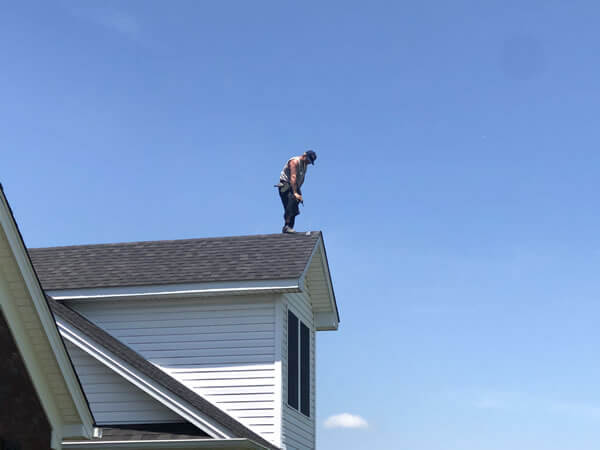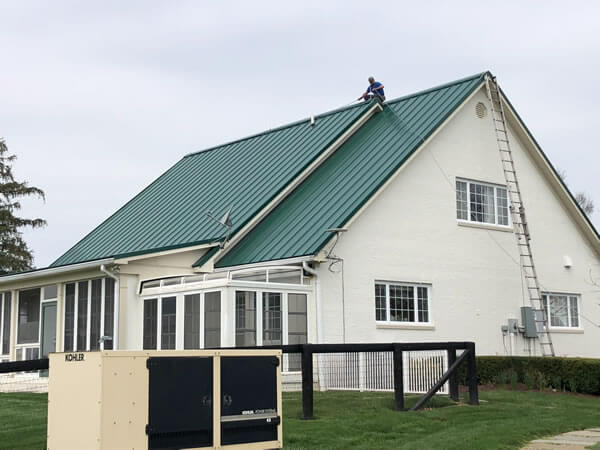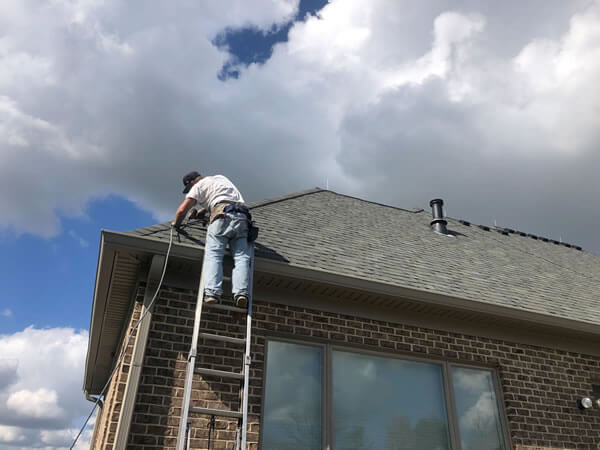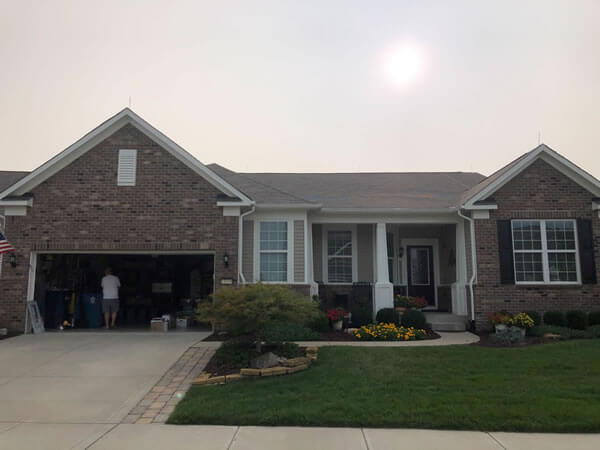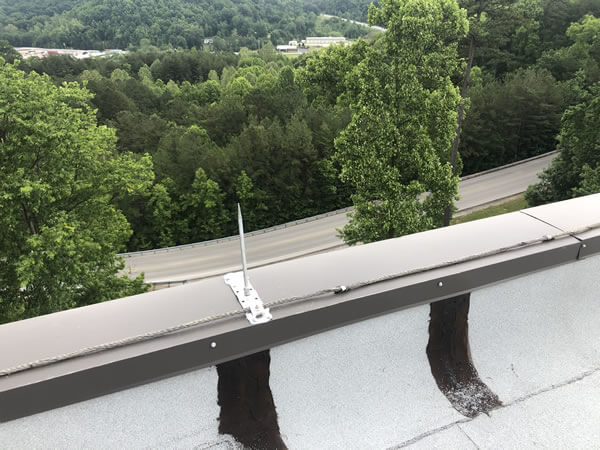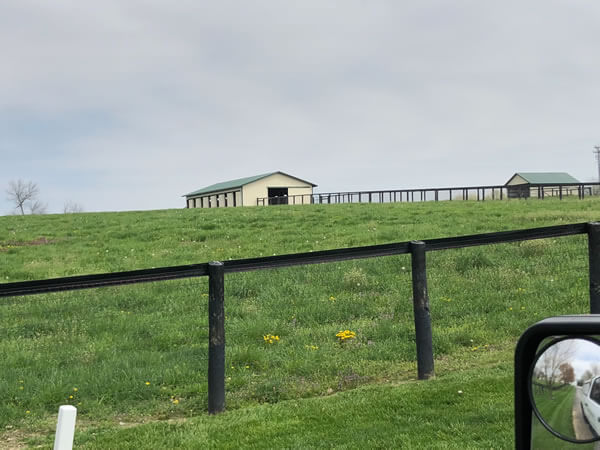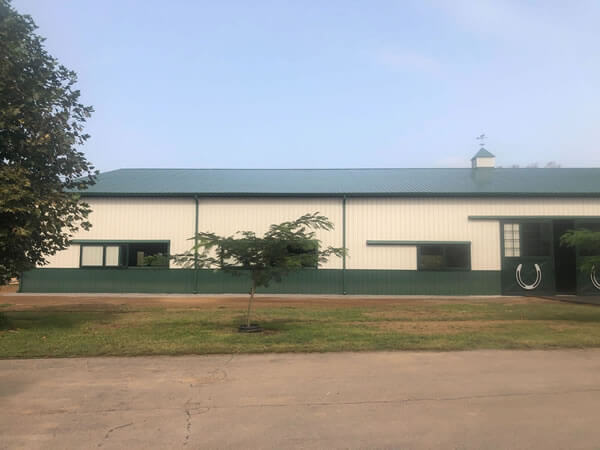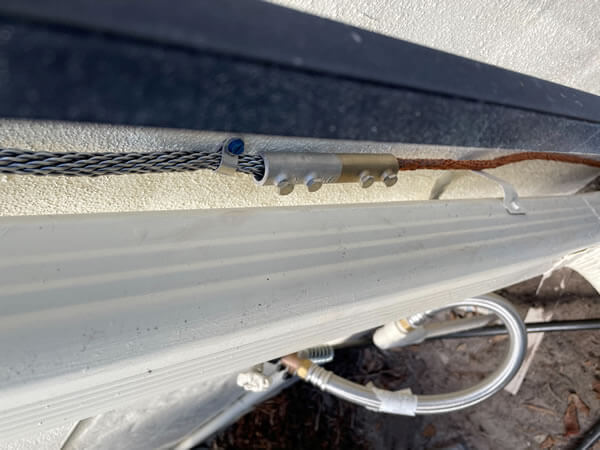Florida records more lightning strikes than any other state. Florida’s geographic location, humidity, and the state’s massive size make it an annual contender to lead the nation in lightning strikes. We have put together some frequently asked questions.
A lightning protection rod, also known as a lightning rod or air terminal, is a metal rod mounted on buildings or structures to divert lightning strikes safely to the ground.
A lightning rod works by providing a preferred path for lightning to follow. When lightning strikes, the rod intercepts the electrical discharge and conducts it through a conductor, usually a metal cable, to the ground, where it dissipates harmlessly.
Lightning rods are typically installed at the highest points of a building or structure. They are connected to a network of conductors, including down conductors and grounding rods, to safely direct the electrical current to the ground.
Yes, lightning rods are effective in reducing the risk of damage from lightning strikes. By providing a controlled path for the electrical current, they help prevent fires, structural damage, and injuries.
Lightning rods do not attract lightning. Nor do they repel lightning. Lightning rods provide a resistance path to ground. If lightning strikes, the system attempts to carry the harmful electrical current away from the structure and safely to ground.
The cost of lightning rod protection system is typically less than 2% of total cost of home and much less than cost of repairs or replacement damage due to lightning strike.
A lightning protection system may lower your insurance. When lightning strikes, it can be disastrous for the home, also for the insurance company.
Absolutely not. An experienced lightning protection designer and installer can customize the system so that it blends in with its surroundings. If a lightning protection is installed in the early stages of the building construction the down conductor for the system can even be concealed inside the walls.
Usually lightning rods are barely visible from ground. Lightning rods are 12 inches tall and 3/8” in diameter. When lightning protection system is designed during construction all of the lightning protection system, except the rooftop terminals, can be concealed and can be run inside the structure. Decorative finials can be used as air terminals, making the lightning protection an architectural accent.
Trees do not provide protection from lightning. Instead they redirect lightning towards a home or structure causing structural damage as well as power surges in the structures wiring.
No. The electrical ground is not designed to handle the lightning strike. It is installed to protect the internal workings of the electrical system in your building.
No. No matter where you are located there is a risk of lightning strike.
The structural steel of a building does conduct lightning. You need a lightning protection system to intercept lightning to make sure that the lightning is able to pass harmlessly through the building.
These devices alone do not provide protection to a building structure. The only way they are effective is when they are a part of a complete lightning protection system.
A lightning protection system can prevent property damage from the effects of a lightning strike. It provides the electric charge produced by lightning a path of least resistance to the ground.
Lightning rods take the lightning charge safely to ground. Lightning rods supply the easiest path to ground safely.
Lightning Protection rods are very effective in keeping structures safe. Because of this they are installed at airports on many government buildings, including The White House, numerous commercial buildings and houses. The NFPA has maintained a Standard for lightning protection for over 100 years.
No, nothing can can prevent the lightning from striking. The purpose of a lightning protection system is to intercept the lightning strike and dissipate it safety into the ground. A lightning protection system doesn’t prevent a lightning strike; Lightning rods intercept a lightning strike and provide pathways to safely conduct the lightning to the ground.
Lightning protection can be installed at any time for existing structures and new construction. At Coastal Lightning Rods, our experts specialists can provide design, specification, consultation and installation services to develop a plan that best fits your project requirements.
UL Approved/Master Installer provide provide compliant systems by specifying, purchasing, and installing lightning protection systems certified by UL. Each design and system installation is fully compliant with the applicable standard(s).
Lightning protection is not a do-it-yourself project. Qualified specialists use UL-listed materials. This ensures the installation complies with nationally recognized Safety Standards of LPI, NFPA and UL. It is highly recommended you hire a professional installer to install the lightning protection rod who knows about compliance and safety standards. If it is not done properly it it will not provide lightning protection to your structure. Moreover, there are guidelines for connections, rod size, base thickness, cable configuration, etc.
In Florida, many buildings, especially those in areas prone to thunderstorms and lightning strikes, may have lightning protection systems installed, including lightning rods. These systems are commonly found on tall buildings, residential homes, commercial structures, and facilities with sensitive equipment. Some specific types of buildings in Florida that often have lightning rods include:
High-rise buildings: Tall buildings in cities like Miami, Orlando, and Tampa are likely to have lightning protection systems, including lightning rods, due to their height and exposure to lightning.
Hospitals: Healthcare facilities often have lightning protection systems to safeguard sensitive medical equipment and ensure patient safety during thunderstorms.
Schools and universities: Educational institutions may install lightning rods to protect students, staff, and valuable equipment from lightning-related damage.
Government buildings: Important government buildings, such as courthouses, city halls, and administrative offices, may have lightning protection systems to prevent disruptions and protect critical infrastructure.
Sports stadiums: Large sports stadiums and arenas in Florida may have lightning protection systems to ensure the safety of spectators and athletes during outdoor events.
Data centers and technology facilities: Facilities housing sensitive electronic equipment, such as data centers, telecommunications hubs, and research laboratories, often have comprehensive lightning protection systems, including lightning rods and surge protection.
Historic buildings: Some historic buildings in Florida, especially those with architectural or cultural significance, may have lightning protection systems installed to preserve their integrity and protect valuable artifacts.
Keep in mind that the presence of lightning rods may not always be visible from the exterior of buildings, as they are often integrated into the structure’s design or concealed within the roofing system.
In Florida, lightning protection rods are not universally required by law for all buildings. However, certain building codes and regulations may recommend or mandate the installation of lightning protection systems, including lightning rods, in specific situations. Here are some factors that can influence whether lightning protection rods are required in Florida:
Building Height: Tall buildings, typically those exceeding a certain height threshold specified in local building codes, may be required to have lightning protection systems, including lightning rods, to mitigate the risk of lightning strikes.
Building Use: The type of building and its function can also influence the need for lightning protection. For example, structures housing sensitive equipment, such as hospitals, data centers, and telecommunications facilities, may be required or strongly recommended to have lightning protection systems.
Location: Buildings located in areas with a higher frequency of thunderstorms and lightning activity, such as coastal regions or areas with a subtropical climate like Florida, may be more likely to require lightning protection systems.
Building Codes: Local building codes and regulations in Florida may include provisions related to lightning protection. These codes often reference national standards such as NFPA 780 (Standard for the Installation of Lightning Protection Systems) or UL 96A (Standard for Installation Requirements for Lightning Protection Systems).
Insurance Requirements: In some cases, insurance companies may require buildings, especially those with high values or risks, to have lightning protection systems as a condition for coverage.
Industry Standards: Certain industries or sectors, such as healthcare, telecommunications, and aerospace, may have industry-specific standards or guidelines that recommend or require lightning protection measures.
It’s essential for property owners, architects, engineers, and contractors to consult with local authorities and lightning protection experts to determine whether lightning protection rods are required for a specific building in Florida. Professional assessments and adherence to relevant codes and standards can help ensure adequate protection against lightning-related risks.
A lightning rod and a surge protector serve distinct purposes in protecting buildings and electrical systems from the damaging effects of lightning, although they are both related to lightning protection. Here are the key differences between a lightning rod and a surge protector:
Purpose:
Lightning Rod: A lightning rod is designed to provide a safe path for lightning strikes to follow, diverting the electrical current away from the structure and into the ground. Its primary purpose is to prevent lightning-related fires, structural damage, and injuries.
Surge Protector: A surge protector, also known as a surge suppressor or surge arrester, is designed to protect electrical devices and equipment from voltage spikes or surges. These surges can occur due to various reasons, including lightning strikes, power grid fluctuations, or switching operations.
NO OBLIGATION, FREE LIGHTNING PROTECTION CONSULTATION!
At Coastal Lightning Rods, LLC of Florida, our mission is to protect you and your property from lightning strikes. We can work with you to inspect, design, maintain and install the best lightning protection and surge protection system throughout the state Florida, entire South East, Gulf Coast and Atlantic Coast. We provide lightning protection services throughout the state of Florida, entire South East, Gulf Coast and Atlantic Coast. We also provide lightning protection in Alabama, South Carolina, Georgia, Louisiana, Florida, Mississippi, Tennessee and beyond. Call us today for a free consultation.
Recently Installed Lightning Protection Systems in Florida and Beyond
Testing & Maintenance of your Lightning Protection System
Coastal Lightning Rods provides annual testing of your lightning protection system. We make ensure your lightning protection system complies with the latest regulations and standards with thorough testing and maintenance of existing and installed systems.

